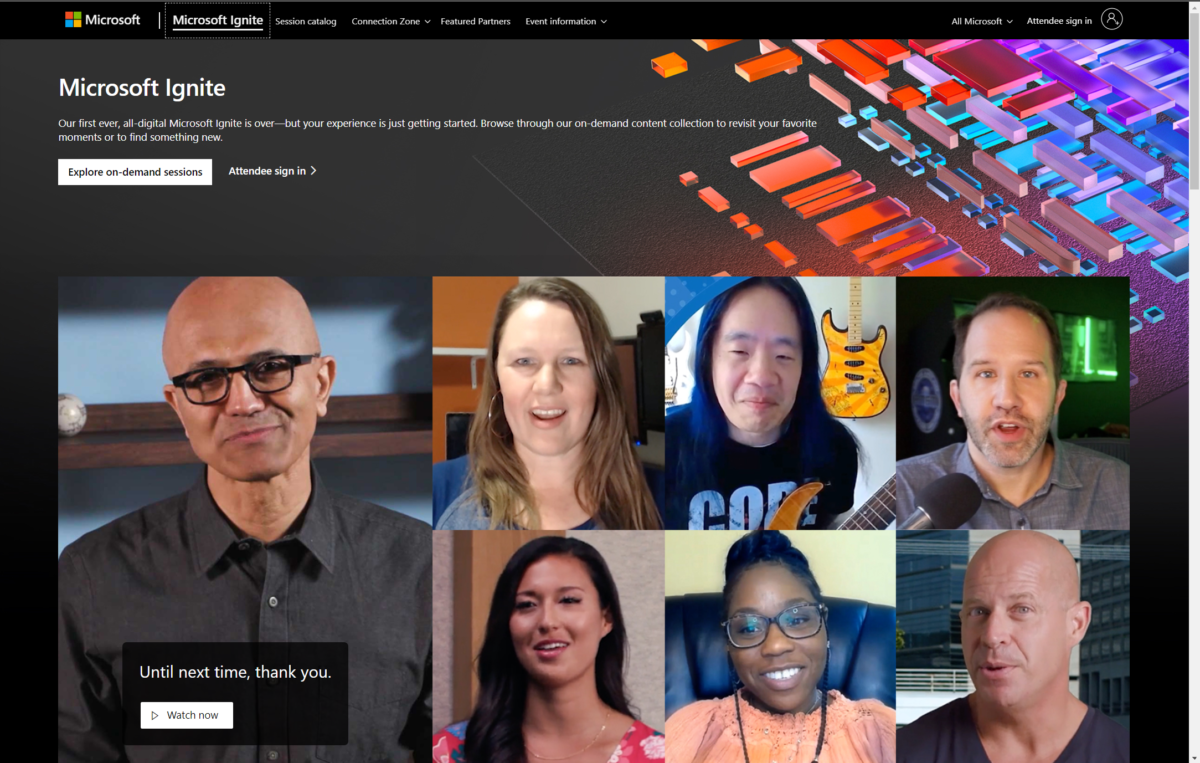Last week, Microsoft dropped a bombshell with the release of Slimcore for Teams, specifically designed for VDI environments. Let’s unpack what this means for us and how it can supercharge our virtual desktops.
What is Slimcore?
Slimcore is the new media engine for Teams, tailored for VDI setups like Azure Virtual Desktop and Windows 365. It’s packed with improvements that make Teams more efficient and user-friendly in virtual environments. No longer is the Teams client for VDI a long lost cousin of Teams, now we will see feature parity!
Key Features and Benefits
So what are the key features and benefits with moving to Slimcore from WebRTC?
- Enhanced Performance: Slimcore cuts down on resource consumption, leading to faster call setup times and smoother performance. This is a game-changer for those of us juggling multiple virtual desktops.
- High-Fidelity Media: Enjoy top-notch audio and 1080p video at up to 30fps. This ensures our meetings and presentations are crystal clear, even in a virtual setup.
- Advanced Meeting Capabilities: Features like gallery view, custom backgrounds, and presenter mode are now available, making our virtual meetings more interactive and engaging.
- Auto-Updates: The decoupled architecture allows for quicker feature rollouts without needing to overhaul the entire VDI infrastructure. Staying current with the latest features has never been easier.
Installing Slimcore on Windows 365 Clients
Prerequisites: Make sure you have the latest version of Microsoft Teams (version 24193.1805.3040.8975 or higher) and the Remote Desktop client (version 1.2.5405.0 or higher) or the new Windows app (version 1.3.252 or higher).
Install the Plugin: The plugin (MsTeamsPluginAvd.dll) is bundled with both the Remote Desktop client and the new Windows app. It will automatically download and manage Slimcore. No admin rights or reboots are required.
Verify Installation: After installation, the plugin will silently provision and register Slimcore for the user. You can verify this by check in the Teams client on the Cloud PC that the Slimcore client is being used by going to Settings – About Teams. Look for the text “AVD Slimcore Media Optimized”.

User Experience Improvements
One of the standout aspects of Slimcore is how it aligns the Teams experience between physical and virtual desktops. This consistency is crucial for user satisfaction and productivity. This gives the user a familiar experiance with the features they expect to find in Teams!
Conclusion
Slimcore is a significant step forward for Teams in VDI environments. It brings enhanced performance, high-fidelity media, and advanced meeting capabilities, all while simplifying updates and maintenance. If you haven’t tried it yet, now is the perfect time to explore what Slimcore can do for your virtual desktop setup.








